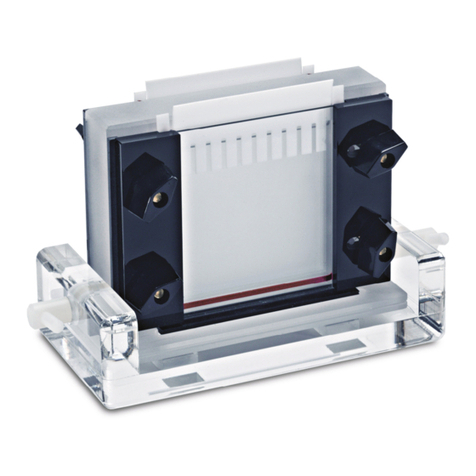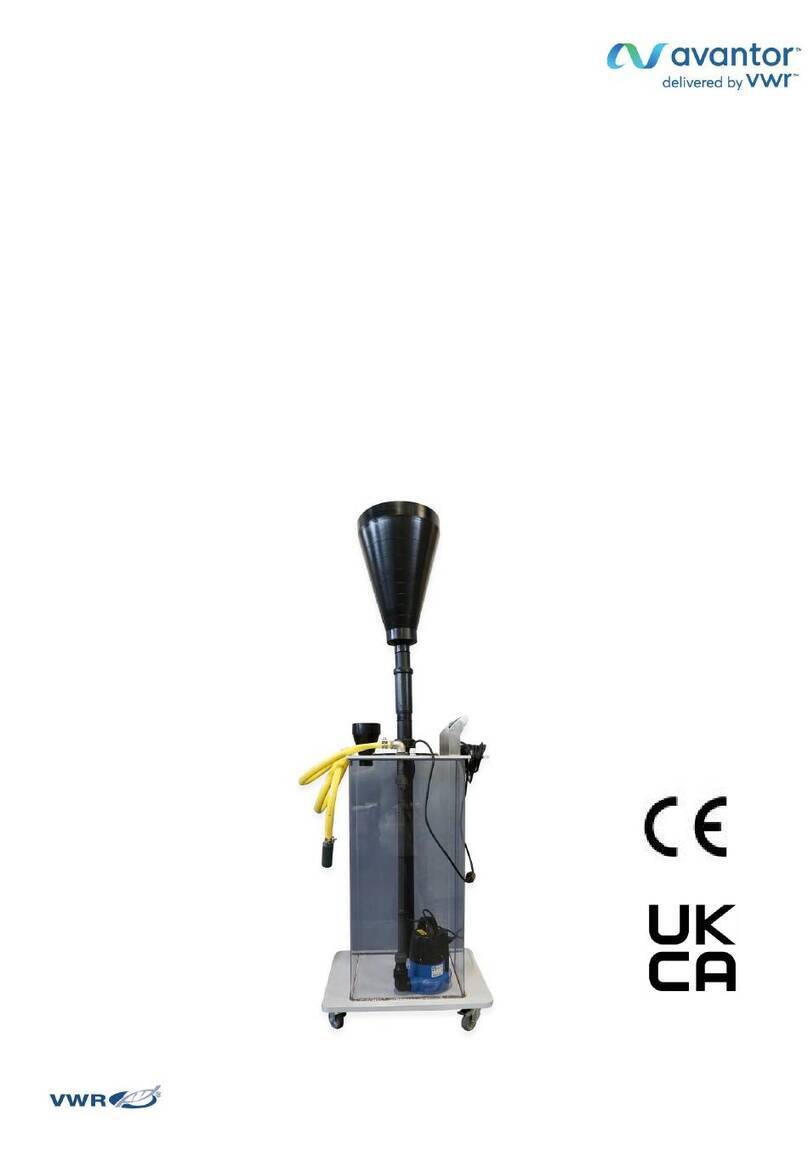
Table of contents
2 / 33 B-H86.0.11.DB201-1.0
Table of contents
1 Legal address of the manufacturer................................................................................................... 4
2 About this documentation ................................................................................................................. 5
2.1 Foreword............................................................................................................................................... 5
2.2 Purpose of the document...................................................................................................................... 5
2.3 Warranty ............................................................................................................................................... 5
2.4 Compliance with local laws and other legal regulations ....................................................................... 5
2.5 Correctness of content.......................................................................................................................... 6
2.6 Layout of this document........................................................................................................................ 6
2.7 Further information ............................................................................................................................... 6
3 Safety ................................................................................................................................................... 8
3.1 Explanation of safety symbols .............................................................................................................. 8
3.2 Foreseeable misuse ............................................................................................................................. 8
3.3 Safety instructions ................................................................................................................................ 9
3.4 Intended use ....................................................................................................................................... 10
3.5 Qualified personnel............................................................................................................................. 10
4 Description ........................................................................................................................................ 11
4.1 Scope of delivery ................................................................................................................................ 11
4.2 Job description.................................................................................................................................... 11
5 The product at a glance ................................................................................................................... 12
5.1 The PH20............................................................................................................................................ 12
5.2 Display elements ................................................................................................................................ 12
5.3 Operating elements ............................................................................................................................ 12
5.4 Connections........................................................................................................................................ 13
6 Bases for measurement ................................................................................................................... 14
6.1 pH measurement ................................................................................................................................ 14
6.1.1 Explanation ......................................................................................................................................... 14
6.1.2 pH electrode ....................................................................................................................................... 14
6.1.3 Design................................................................................................................................................. 14
6.1.4 Further information ............................................................................................................................. 15
6.1.5 Choosing a pH electrode .................................................................................................................... 15
6.1.6 Care and maintenance ....................................................................................................................... 15
7 Maintenance ...................................................................................................................................... 17
7.1 Operating and maintenance notices ................................................................................................... 17
7.2 Battery ................................................................................................................................................ 17
7.2.1 Battery indicator.................................................................................................................................. 17
7.2.2 Changing battery ................................................................................................................................ 18
7.3 Calibration and adjustment ................................................................................................................. 19
7.3.1 pH calibration...................................................................................................................................... 19
8 Operation........................................................................................................................................... 23
8.1 Commissioning ................................................................................................................................... 23
8.1.1 Explanation ......................................................................................................................................... 23
8.2 Configuration ...................................................................................................................................... 23
8.2.1 Explanation ......................................................................................................................................... 23
8.2.2 Opening the configuration menu......................................................................................................... 23





























